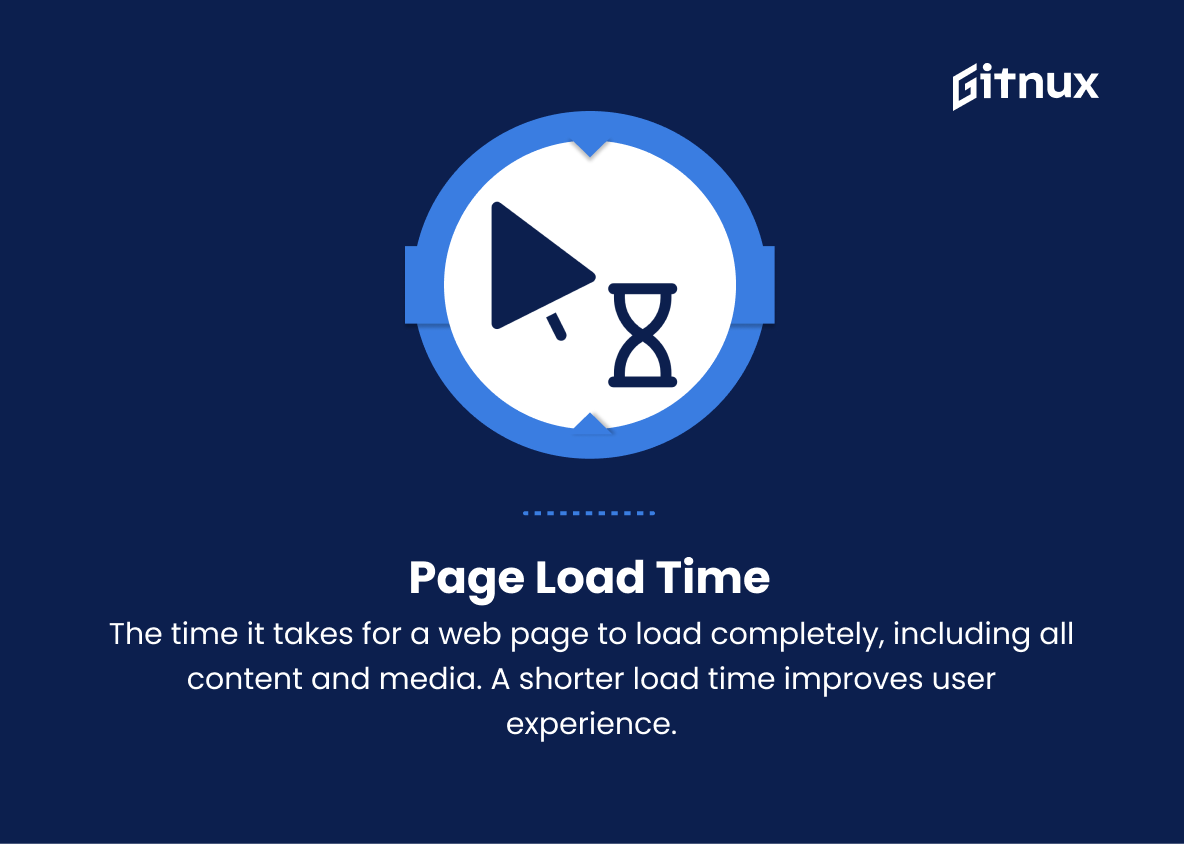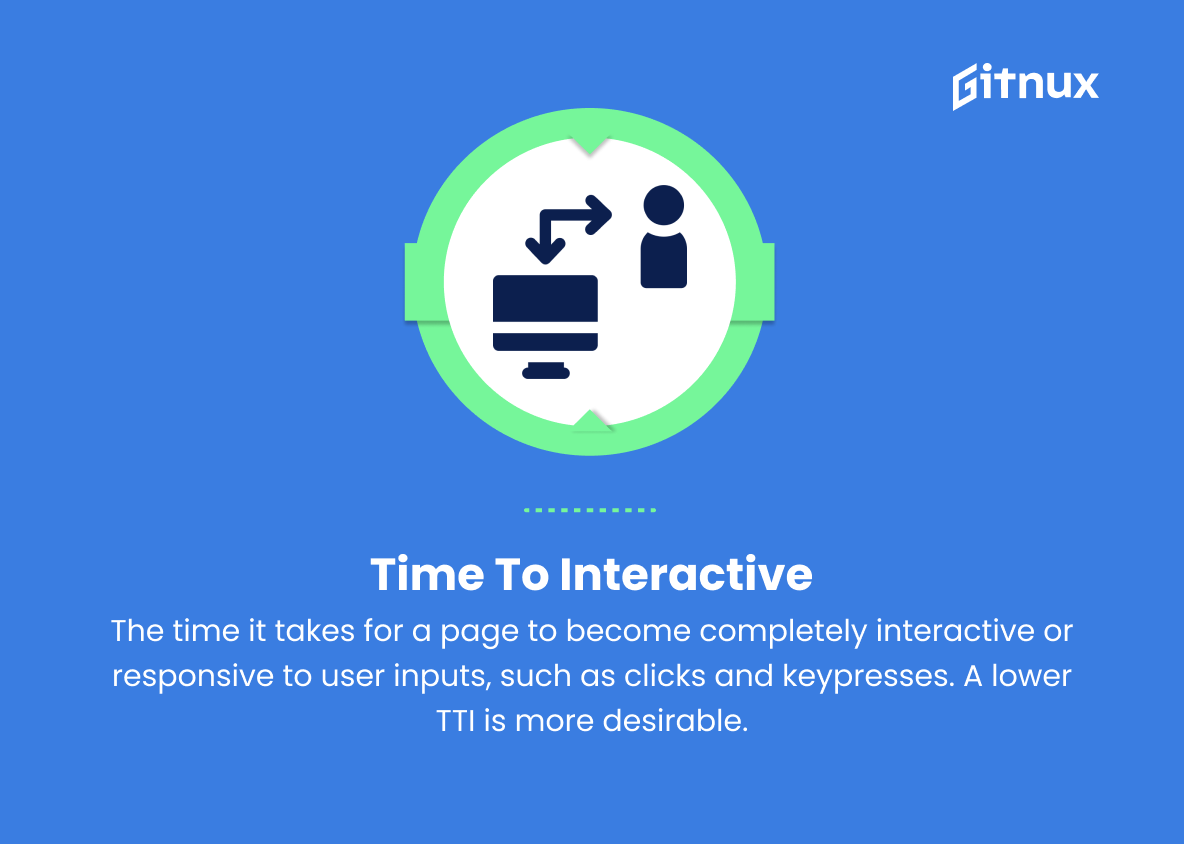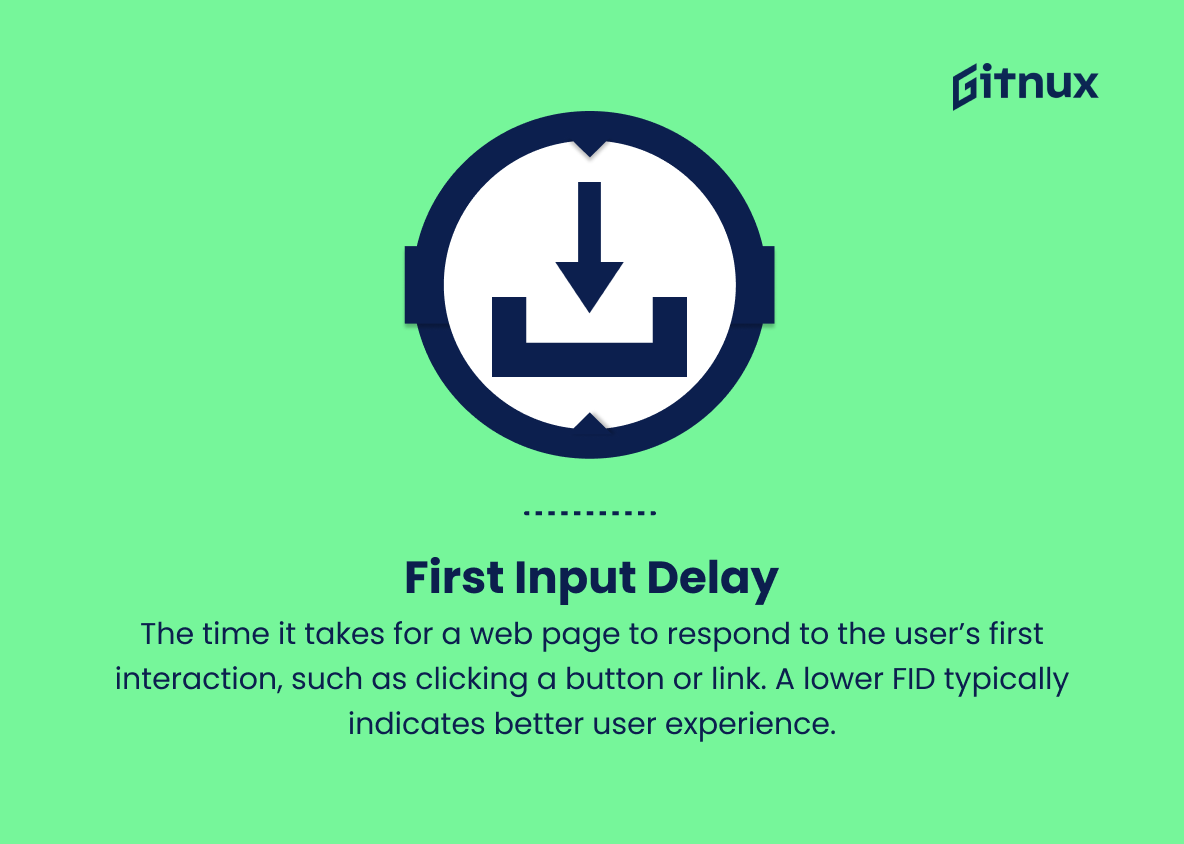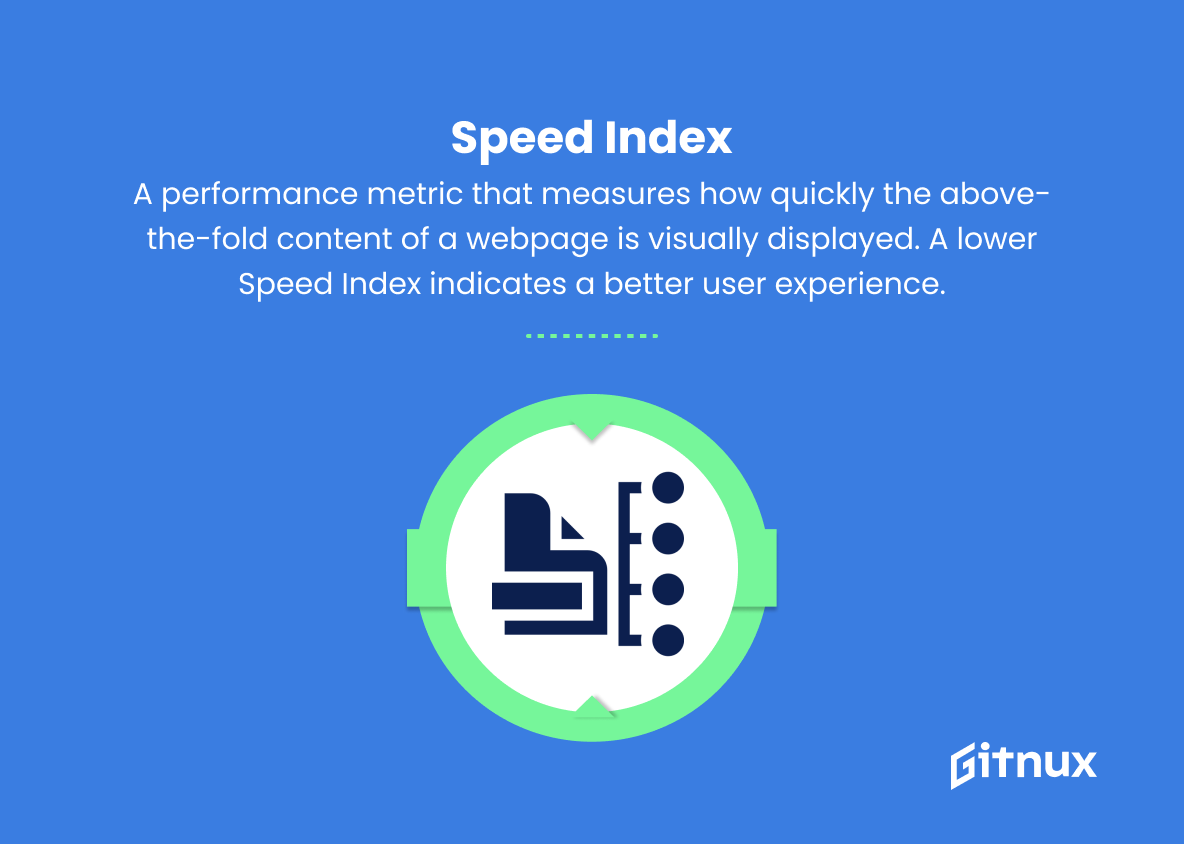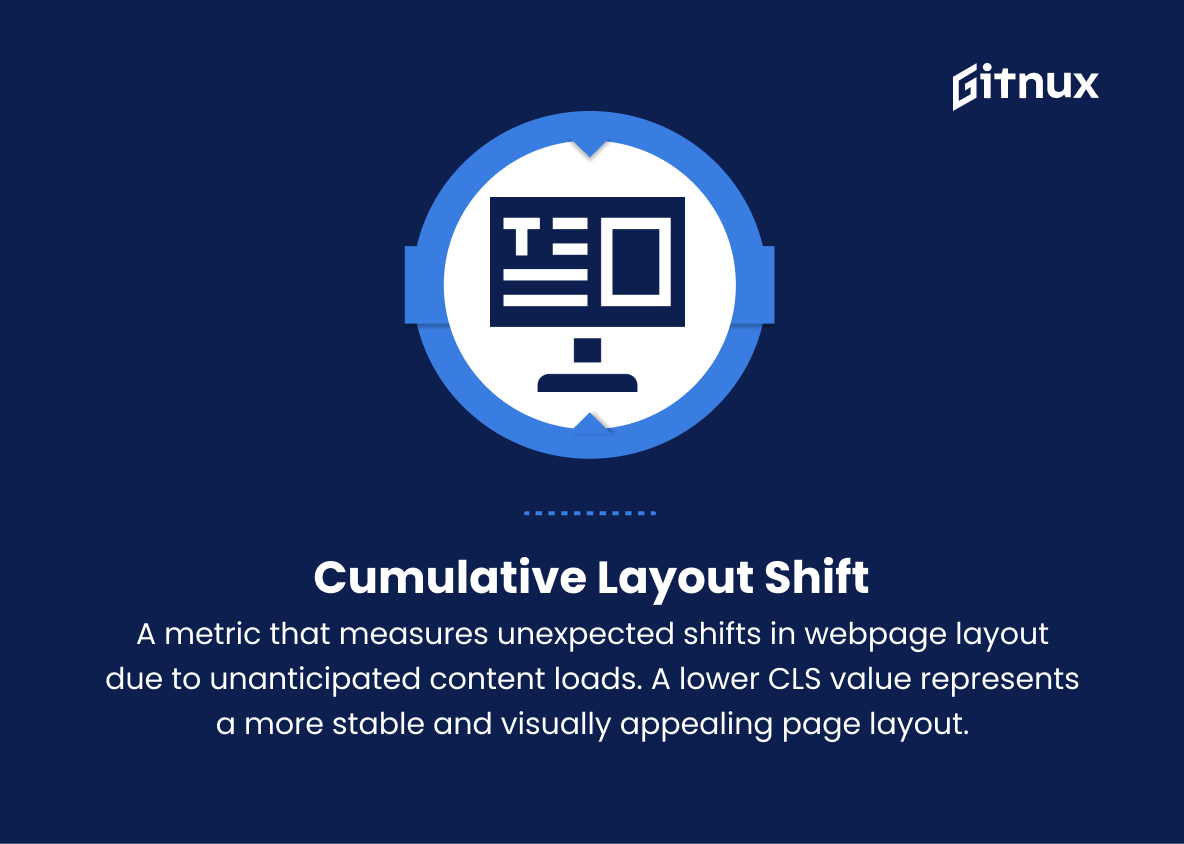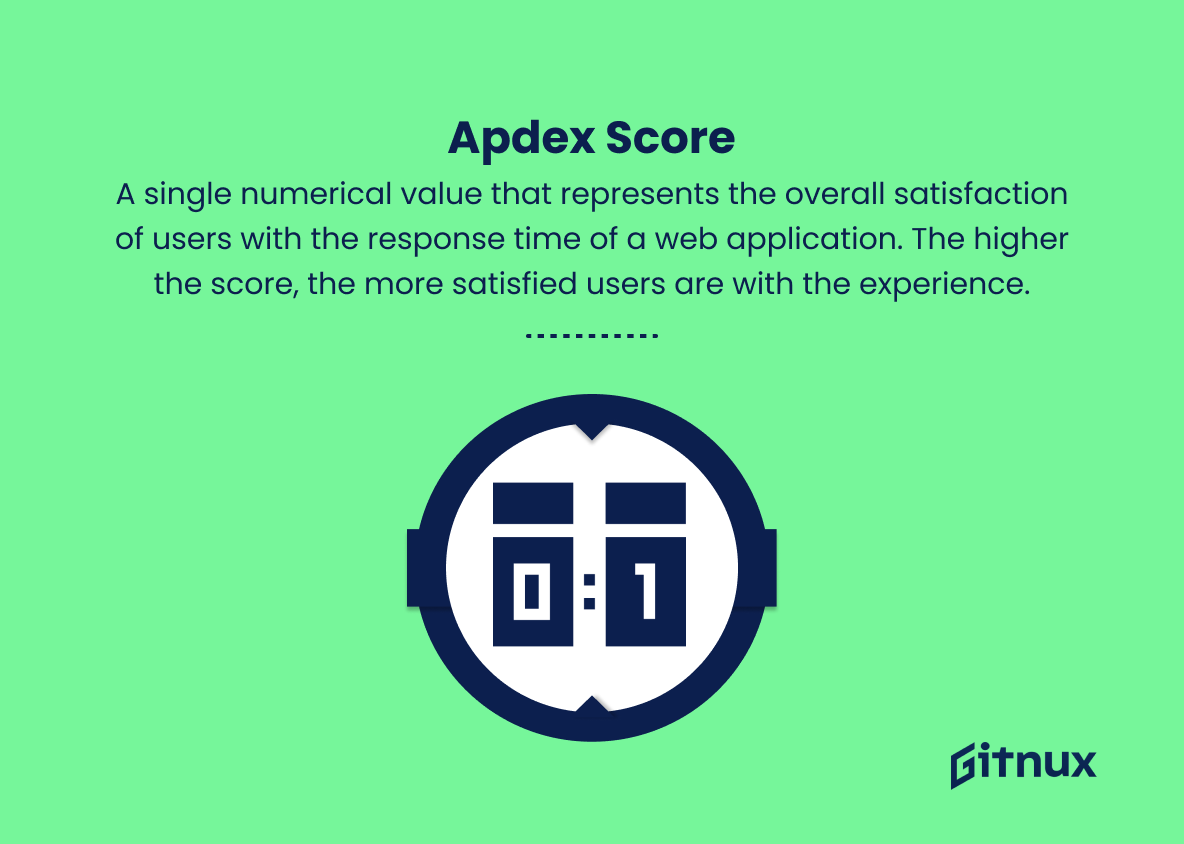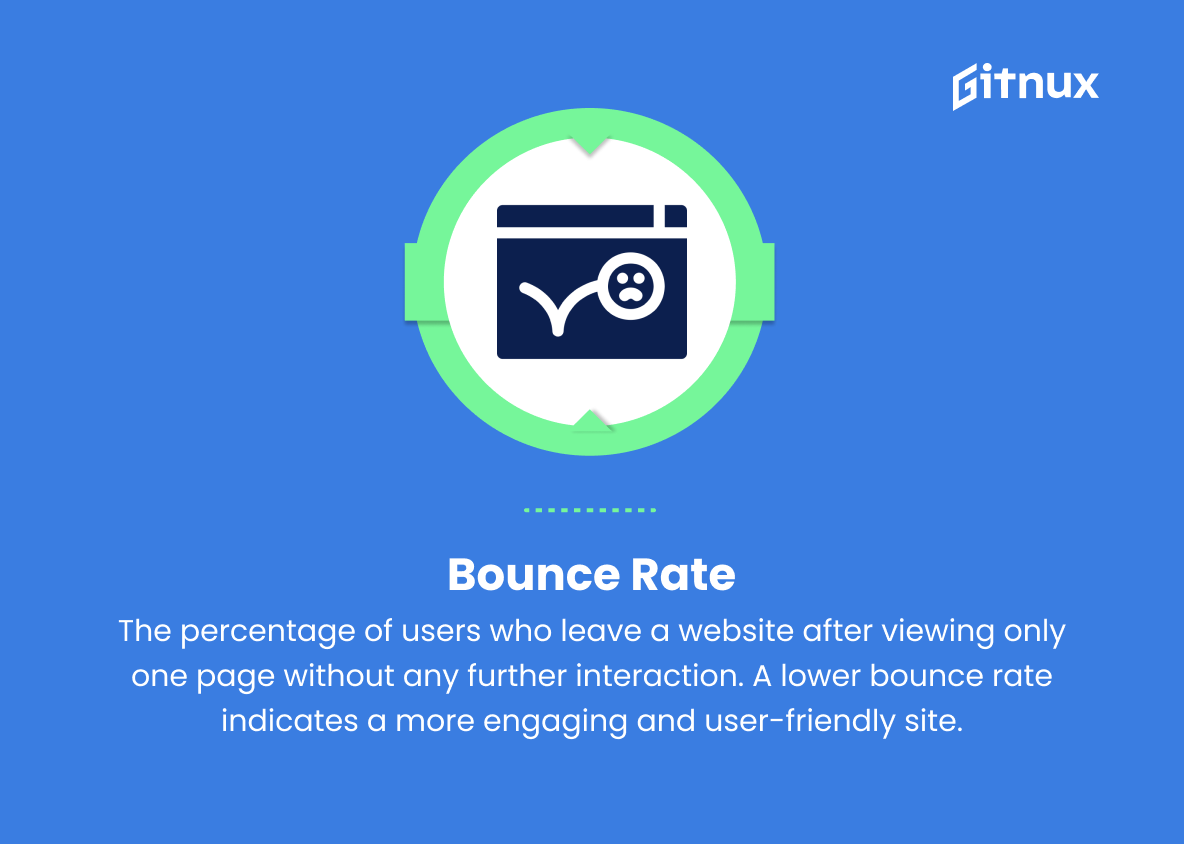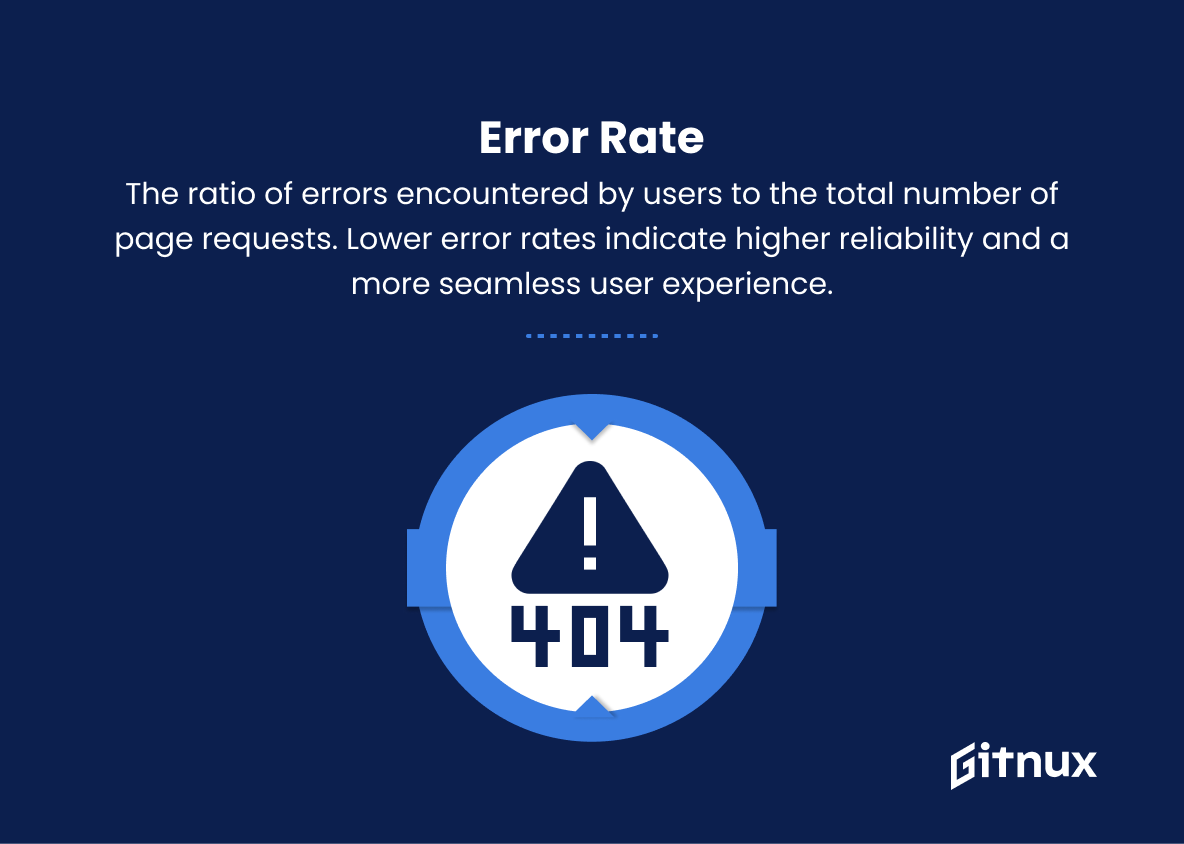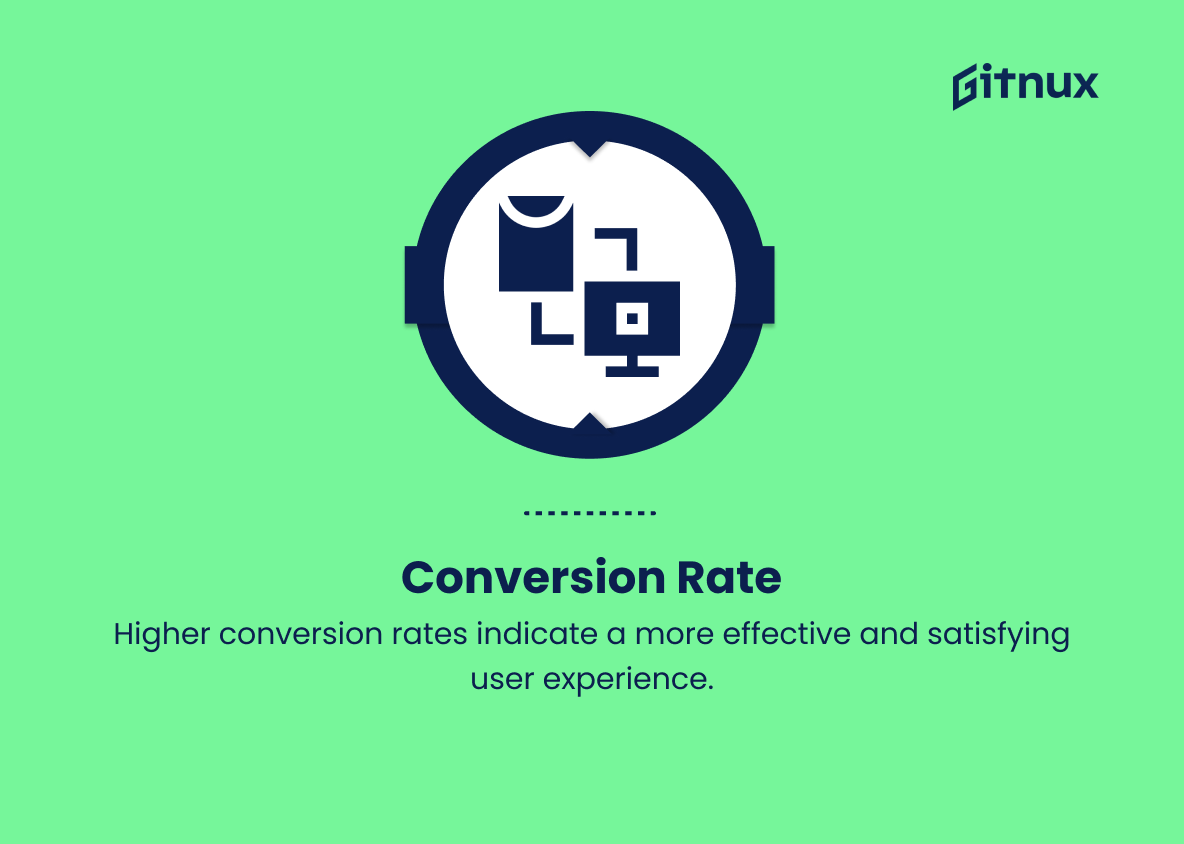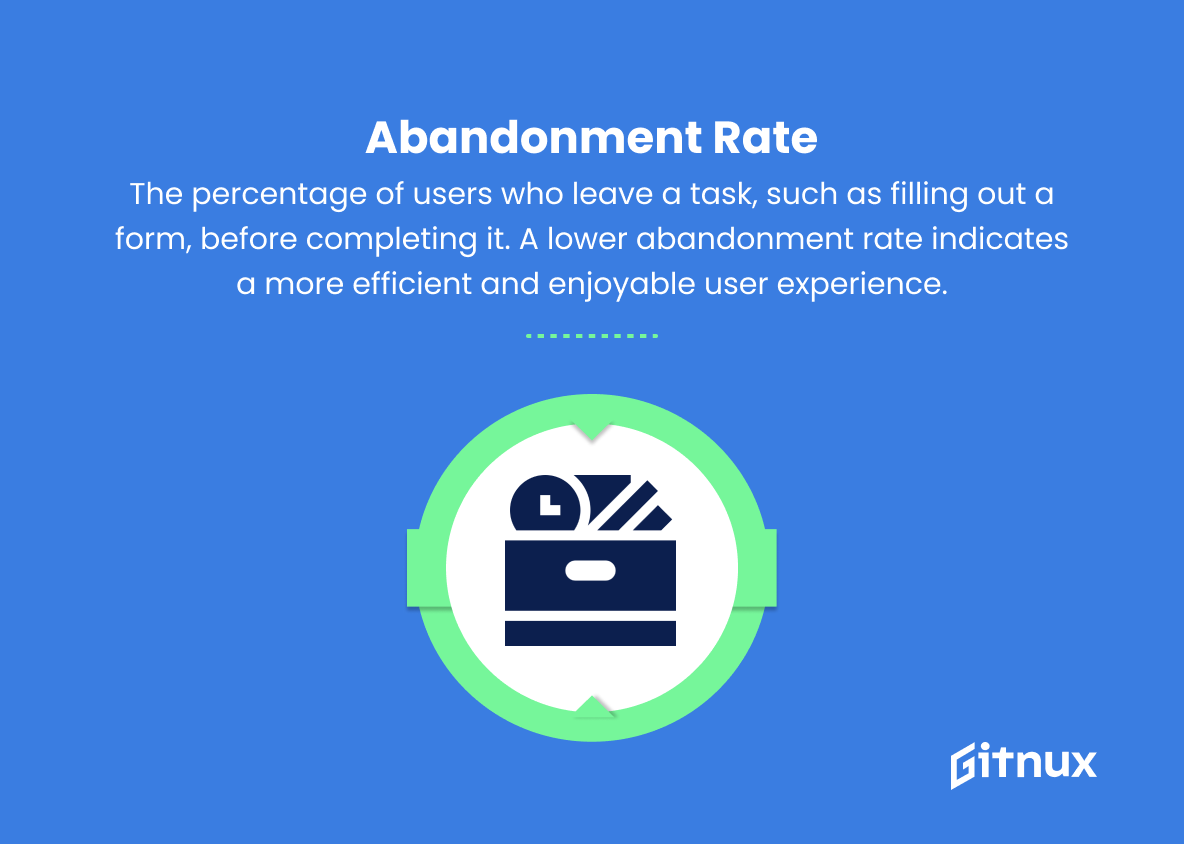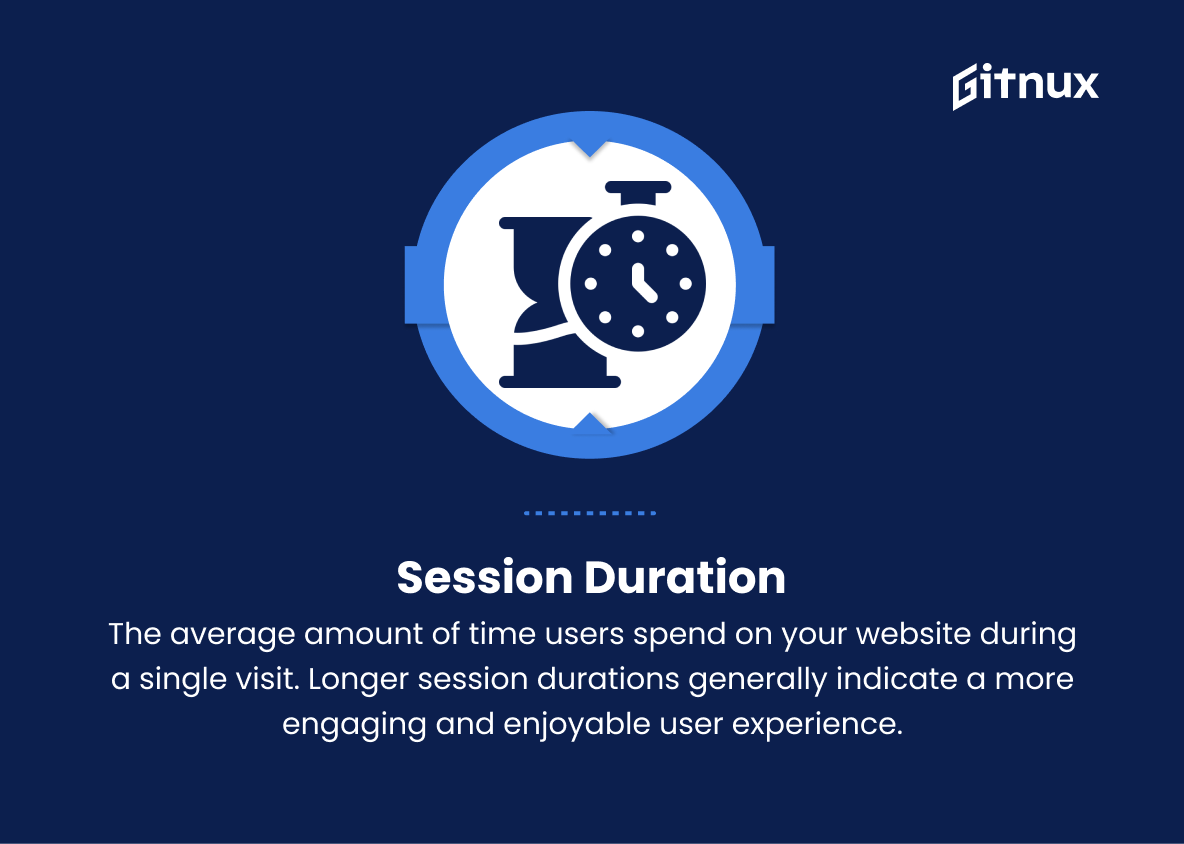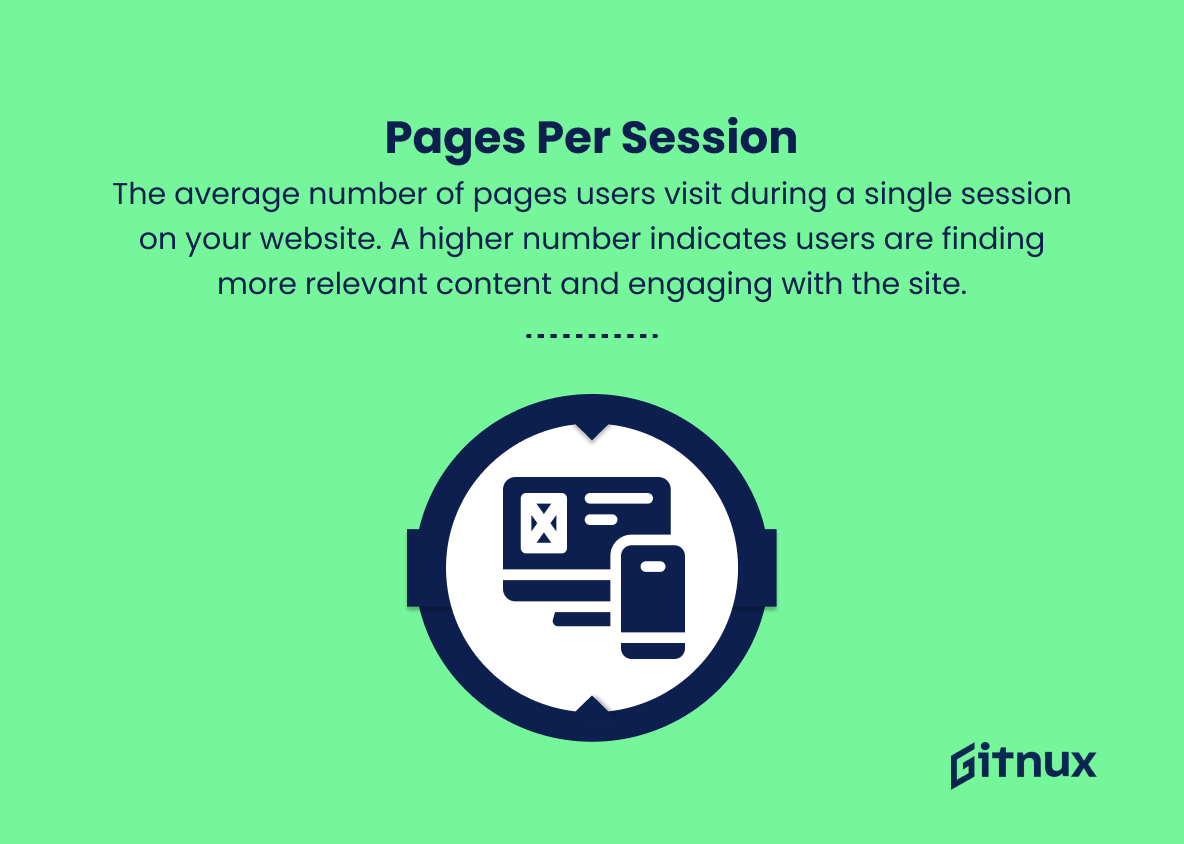In today’s digital landscape, end-user experience has emerged as a critical component in measuring the overall success of any online platform. The importance of understanding and optimizing a user’s interaction with a product, from the moment they access the site until they complete their desired action, cannot be overstated. As businesses strive to remain competitive, enhance customer engagement, and increase conversions, tracking and analyzing end user experience metrics is vital.
In this blog post, we delve into the nuances of these essential performance indicators and provide you with a comprehensive guide to help you monitor and optimize your digital channels effectively, ensuring a seamless and stellar customer journey.
End User Experience Metrics You Should Know
1. Page Load Time
The time it takes for a web page to load completely, including all content and media. A shorter load time improves user experience.
2. Time to First Byte (TTFB)
The time taken by the web server to start responding to a request. A lower TTFB indicates a quicker server response and better user experience.
3. Time to Interactive (TTI)
The time it takes for a page to become completely interactive or responsive to user inputs, such as clicks and keypresses. A lower TTI is more desirable.
4. First Contentful Paint (FCP)
The time it takes for the page’s first content (e.g., text or image) to become visible to the user. A lower FCP indicates a faster loading experience.
5. First Input Delay (FID)
The time it takes for a web page to respond to the user’s first interaction, such as clicking a button or link. A lower FID typically indicates better user experience.
6. Speed Index
A performance metric that measures how quickly the above-the-fold content of a webpage is visually displayed. A lower Speed Index indicates a better user experience.
7. Cumulative Layout Shift (CLS)
A metric that measures unexpected shifts in webpage layout due to unanticipated content loads. A lower CLS value represents a more stable and visually appealing page layout.
8. Apdex Score
A single numerical value that represents the overall satisfaction of users with the response time of a web application. The higher the score, the more satisfied users are with the experience.
9. Bounce Rate
The percentage of users who leave a website after viewing only one page without any further interaction. A lower bounce rate indicates a more engaging and user-friendly site.
10. Error Rate
The ratio of errors encountered by users to the total number of page requests. Lower error rates indicate higher reliability and a more seamless user experience.
11. Conversion Rate
The percentage of users who complete a desired action, such as making a purchase or signing up for a newsletter. Higher conversion rates indicate a more effective and satisfying user experience.
12. Abandonment Rate
The percentage of users who leave a task, such as filling out a form, before completing it. A lower abandonment rate indicates a more efficient and enjoyable user experience.
13. Session Duration
The average amount of time users spend on your website during a single visit. Longer session durations generally indicate a more engaging and enjoyable user experience.
14. Pages per Session
The average number of pages users visit during a single session on your website. A higher number indicates users are finding more relevant content and engaging with the site.
15. User Satisfaction (CSAT)
A measure of users’ overall satisfaction with a product, calculated through customer feedback surveys. Higher CSAT scores typically indicate a better user experience.
End User Experience Metrics Explained
End User Experience Metrics play a crucial role in understanding how users interact with a website or application, ultimately helping to optimize user satisfaction and engagement. Factors like Page Load Time, Time to First Byte, Time to Interactive, First Contentful Paint, First Input Delay, and Speed Index collectively provide insights into the speed and performance of a website, ensuring users can access and interact with the content efficiently.
Metrics such as Cumulative Layout Shift, Apdex Score, Bounce Rate, Error Rate, Conversion Rate, and Abandonment Rate assess the effectiveness of the user experience, from page layout stability to satisfaction with response times and the completion of desired actions. Additionally, Session Duration, Pages per Session, and User Satisfaction (CSAT) paint a broader picture of user engagement, helping businesses identify areas for improvement and enhancement to deliver a more enjoyable and seamless experience to their customers.
Conclusion
In the ever-evolving digital landscape, End User Experience Metrics have proven themselves to be a crucial aspect of measuring the success and growth of a business. By prioritizing user-centric performance indicators, businesses can unlock greater customer satisfaction, loyalty, and eventually, increased revenue.
To stay ahead of the competition and adapt to the dynamic user expectations, it is essential for organizations to consistently monitor, assess, and enhance their end-user experience, focusing on aspects such as accessibility, usability, engagement, and overall satisfaction. By investing in the continuous improvement of user experience, businesses can secure a lasting foothold in the market and pave the way for long-term success.
